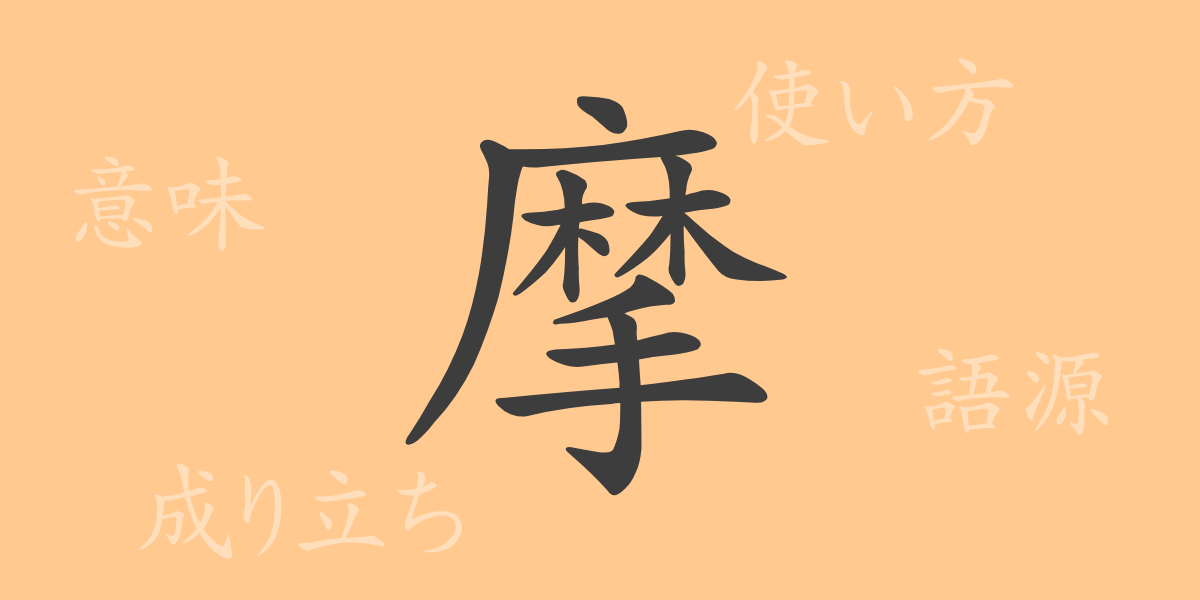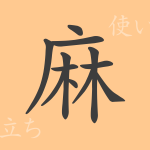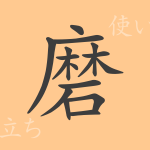The 漢字(kanji) deeply rooted in Japanese culture holds history and meaning in every stroke. Today, we spotlight the commonly used 漢字(kanji) “摩(ma)“, delving into its origins and modern usage. How did this unique character and its sound integrate into the Japanese language? Let’s unravel the stories hidden behind the words through “摩(ma)“.
Origins of 摩(ma)
The 漢字(kanji) “摩(ma)” evolved from ancient Chinese pictographs. This character, meaning to cause friction, depicts the action of a hand rubbing something. Historically, “摩(ma)” was often used in translating Buddhist scriptures to represent the Sanskrit sound “ma” and was introduced to Japan through Buddhist terminology.
Meaning and Usage of 摩(ma)
“摩(ma)” signifies friction and polishing, often referring to objects moving in contact. Metaphorically, it also describes facing difficulties and enhancing the spirit. In Japanese, it is commonly used in words like “摩(ma)る” (to rub), “摩擦(masatsu)” (friction), and “摩天楼(matenrou)” (skyscraper).
Reading, Stroke Count, and Radical of 摩(ma)
The 漢字(kanji) “摩(ma)” exhibits diversity in its form and sound.
- Reading: In 音読み(onyomi), it is read as “マ(ma)“, and in 訓読み(kunyomi), it is read as “す(ru)” or “さ(suru)“.
- Stroke Count: It has a total of 15 strokes.
- Radical: The radical is “手(tehen)“.
Words, Idioms, and Proverbs Using 摩(ma)
Words, idioms, and proverbs containing “摩(ma)” reflect its inherent meanings. For instance, “摩擦(masatsu)” not only refers to physical friction but also to discord in human relationships. “摩天楼(matenrou)” means skyscrapers towering as if touching the sky, and “摩訶不思議(makahushigi)” describes something extraordinarily mysterious.
Summary of 摩(ma)
The commonly used 漢字(kanji) “摩(ma)” plays a significant role in Japanese due to its wide usage and profound meanings. From historical backgrounds to modern applications, the multifaceted nature of “摩(ma)” reveals the depth of the language. Understanding that each 漢字(kanji) carries such rich stories can make learning Japanese even more enjoyable.

























